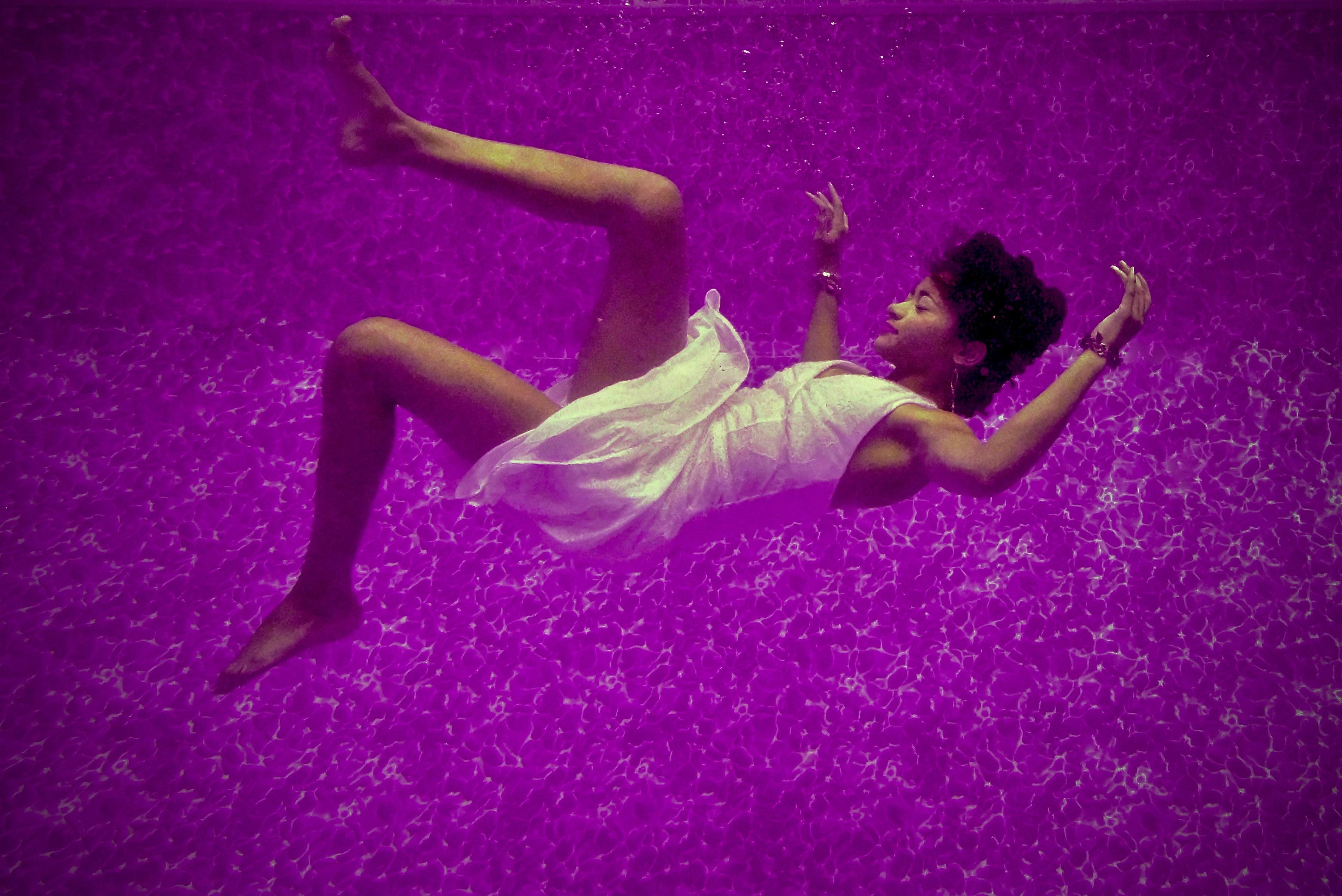In the realm of cinematic marvels, few films have captured the imagination quite like Christopher Nolan’s “Interstellar.” A visual and emotional odyssey through space and time, the film’s breathtaking portrayal of zero gravity leaves audiences suspended in awe. But how did this masterpiece of filmmaking bring such a weightless world to life? Journey with us behind the scenes as we unravel the intricate dance of technology, artistry, and sheer ingenuity that allowed Nolan and his team to defy gravity, crafting sequences that hover between the realms of reality and imagination. Discover the secrets that transformed soundstages into the vast expanse of space, and actors into celestial explorers.
Crafting Cosmic Illusions: The Art of Simulating Weightlessness
The magic of simulating weightlessness in film often lies in the ingenious blend of artistry and technology. Interstellar brought this illusion to life through a combination of innovative techniques that left audiences marveling at its authenticity. The filmmakers employed wirework and rotating sets, allowing actors to move with a fluid grace that mimicked zero gravity. These sets, built to spin and tilt, created the sensation of floating through space, offering a seamless experience that transported viewers into the cosmos.
Key elements in achieving this ethereal effect included:
- Gimbal-mounted sets: These allowed for controlled rotation and movement, simulating the unpredictable motion of space travel.
- Visual effects: Carefully integrated to enhance the realism, complementing the physical tricks with digital artistry.
- Harness systems: Used to suspend actors, enabling them to perform complex maneuvers with apparent ease.
This meticulous choreography of technique and creativity was pivotal in crafting the film’s breathtaking portrayal of life beyond our planet.

Harnessing Physics: The Technology Behind Zero Gravity Effects
Creating the illusion of zero gravity in Interstellar required an intricate dance between cutting-edge technology and practical effects. Physics played a pivotal role, as filmmakers sought to replicate the weightlessness of space in a believable way. One of the most fascinating techniques involved the use of a specialized rig system. These rigs allowed actors to move freely, simulating the floating motions observed in a gravity-free environment.
In addition to physical rigs, the production team employed a variety of other methods to enhance the zero-gravity illusion:
- Wire Work: Actors were suspended using wires, which were later digitally erased, to give them the freedom to perform fluid, weightless movements.
- Rotating Sets: To mimic the vastness of space, rotating sets were constructed, creating dynamic backgrounds that contributed to the sensation of motion.
- Visual Effects: Advanced CGI techniques were integrated to seamlessly blend live-action shots with digital environments, ensuring a cohesive and immersive experience.

Actors in Flight: Training for the Weightless Experience
To authentically portray the vastness of space, actors underwent specialized training to simulate a weightless environment. Zero gravity sequences demanded a unique approach, requiring the cast to adapt to the absence of traditional movement cues. This involved extensive sessions aboard specially equipped aircraft, known as parabolic flights, which offered brief moments of genuine weightlessness. Actors learned to maneuver gracefully, making their performances in these scenes both convincing and captivating.
The training was rigorous, focusing on several key aspects:
- Spatial Awareness: Understanding movement without gravitational pull.
- Body Control: Mastering fluid, deliberate motions to mimic floating.
- Breath Control: Maintaining calm and steady breathing to enhance realism.
These skills were not just for show; they were essential to ensuring that every scene resonated with authenticity, immersing audiences in the cosmic journey.
Practical Magic: Combining Visual Effects with Realism
Creating a believable zero-gravity environment is no small feat, but the team behind Interstellar managed to seamlessly blend visual effects with tangible realism. Instead of relying solely on CGI, they opted for a more hands-on approach by using practical effects to enhance the authenticity of the scenes. This involved a combination of techniques that ensured the actors’ performances remained grounded in reality, even as they floated in the vastness of space.
- Wire Rigs: Actors were suspended on wire rigs, allowing them to move freely and mimic the fluid motions of zero gravity.
- Rotating Sets: Some scenes were shot on rotating sets, providing a dynamic environment that simulated the disorienting effects of space travel.
- Slow Motion Capture: By filming at high frame rates, the team could slow down movements, adding to the illusion of weightlessness.
These methods, coupled with meticulous planning and choreography, allowed the filmmakers to craft scenes that felt both visually stunning and palpably real. The result is a series of breathtaking sequences where the boundary between digital and practical is beautifully blurred, immersing audiences in a truly out-of-this-world experience.

